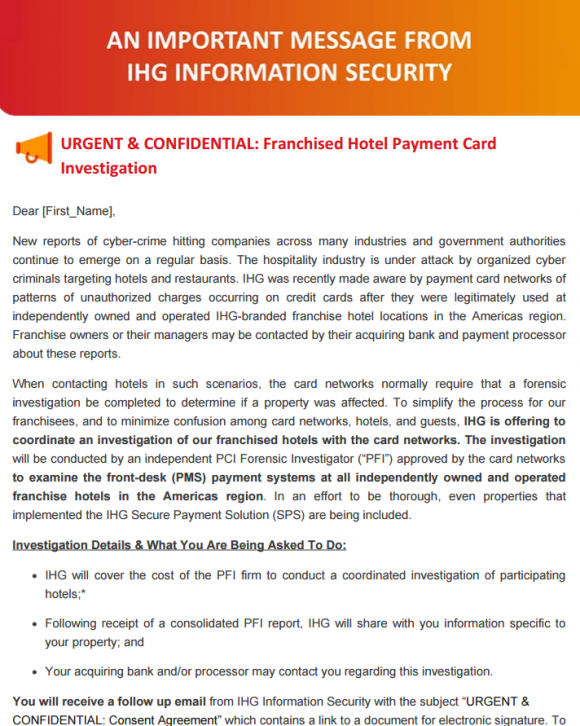Introduction
The blog for week 10 will be dedicated to the massive cyber attack affecting over 150 countries. On May 12, 2017, a massive cyber attack was started because of a leaked NSA exploit. A hacking group called the Shadow Brokers broke into the NSA and stole a trove of exploits. With these exploits, a ransomware called WannaCrypt used two exploits called ETERNALBLUE and DOUBLEPULSAR. Below are more details on how the history of how this massive cyber attack started.
Shadow Brokers
Who are the Shadow Brokers? The Shadow Brokers are a hacking group that are famous for stealing NSA hacking tools. The Shadow Brokers released a few of the NSA Hacking tools in August of 2016 after they failed to auction off the tools (Gibbs,2017). The Shadow Brokers voted for Donald Trump and were not happy with his policies and actions after he became president (Ghosh,2017). They released the second group of NSA hacking tools in April 2017. The Shadow Brokers have more hacking tools to release and Edward Snowden says the NSA has more hacking tools in their arsenal. The Shadow Brokers have yet to be identified and remain wanted for breaking into the NSA and stealing their tools.
ETERNALBLUE
ETERNALBLUE is the name of the exploit stolen from the NSA. ETNERNALBLUE abuses the Server Message Block (SMB), a network file sharing protocol (Fox-Brewster, 2017). SMB v1 is old, dating back to Windows 95 and it is enabled by default on Windows XP, Vista, 7, 8 and on some version of 10. An attacker must use a specially crafted packet that exploits a vulnerability in SMB v1. Once the specially crafted packet has been sent, the attacker can now run code on the victim’s computer. The code the attacker can run could be ransomware, a Trojan, or any other program the attacker wants to run.
DOUBLEPULSAR
DOUBLEPULSAR is another exploit that was stolen from the NSA. DOUBLEPULSAR is a remote access Trojan or RAT, which allows attackers to have remote control of the victim’s computer. DOUBLEPULSAR also acts as a malware downloader to install other types of malware such as bots. DOUBLEPULSAR exploits SMB v1 and can hide on a computer system avoiding detection systems (Arghire, 2017).
WannaCrypt
WannaCrypt is a piece of malware that is part of the ransomware family. Ransomware is a piece of malware that encrypts a person’s files and demands money to decrypt the files. WannaCrypt raises the payment after a set amount of time and it will also delete the files if no payment is received. WannaCrypt uses the ETERNALBLUE exploit to run itself on the victim’s machine. WannaCrypt is a computer worm that uses the ETERNALBLUE exploit to also spread itself across a network in a matter of seconds. Once the victim’s computer is infected with WannaCrypt it will scan random hosts on the internet to try and spread itself further (Kumar, 2017).
http://d3i6fh83elv35t.cloudfront.net/newshour/wp-content/uploads/2017/05/RTX35YNS-1024x765.jpg
http://d3i6fh83elv35t.cloudfront.net/newshour/wp-content/uploads/2017/05/RTX35YNS-1024x765.jpg
Conclusion
Microsoft in their new version of Windows needs to stop backwards capability. As seen by ETERNALBLUE, an exploit was found in a 20 plus year old service. If Windows stops backwards capability this massive attack could have been mitigated. People were surprised by the leak of the NSA hacking tools, but how hard was it to find a flaw in a 20-year-old software. WannaCrypt hit systems that were not patched by MS17-010. Legacy systems may still use SMB v1, but old protocols should not be enabled on new operating systems by default. Microsoft has released a patch to fix the SMB v1 exploits, which includes a patch for Windows XP, Vista, 8, Server 2002, and Server 2008. Installing the patch is not a guarantee there is not another backdoor. It is advised to disable old protocols if they are not being used especially since the Shadow Brokers can release more NSA exploits.
References
Gibbs, S. (2017, May 18). Shadow Brokers Threaten To Unleash More Hacking Tools. Retrieved May 21, 2017, from http://www.cio-today.com/article/index.php?story_id=103003JXPSMS
Ghosh, A. (2017, April 09). 'President Trump what the f**k are you doing' say Shadow Brokers and dump more NSA hacking tools. Retrieved May 21, 2017, from http://www.ibtimes.co.uk/president-trump-what-fk-are-you-doing-say-shadow-brokers-dump-more-nsa-hacking-tools-1616141
Fox-Brewster, T. (2017, May 15). An NSA Cyber Weapon Might Be Behind A Massive Global Ransomware Outbreak. Retrieved May 21, 2017, from https://www.forbes.com/sites/thomasbrewster/2017/05/12/nsa-exploit-used-by-wannacry-ransomware-in-global-explosion/#3dcc7128e599
Arghire, I. (2017, April 24). Hackers Are Using NSA's DoublePulsar Backdoor in Attacks. Retrieved May 21, 2017, from http://www.securityweek.com/hackers-are-using-nsas-doublepulsar-backdoor-attacks
Kumar, M. (2017, May 15). WannaCry Ransomware: Everything You Need To Know Immediately. Retrieved May 21, 2017, from http://thehackernews.com/2017/05/how-to-wannacry-ransomware.html







